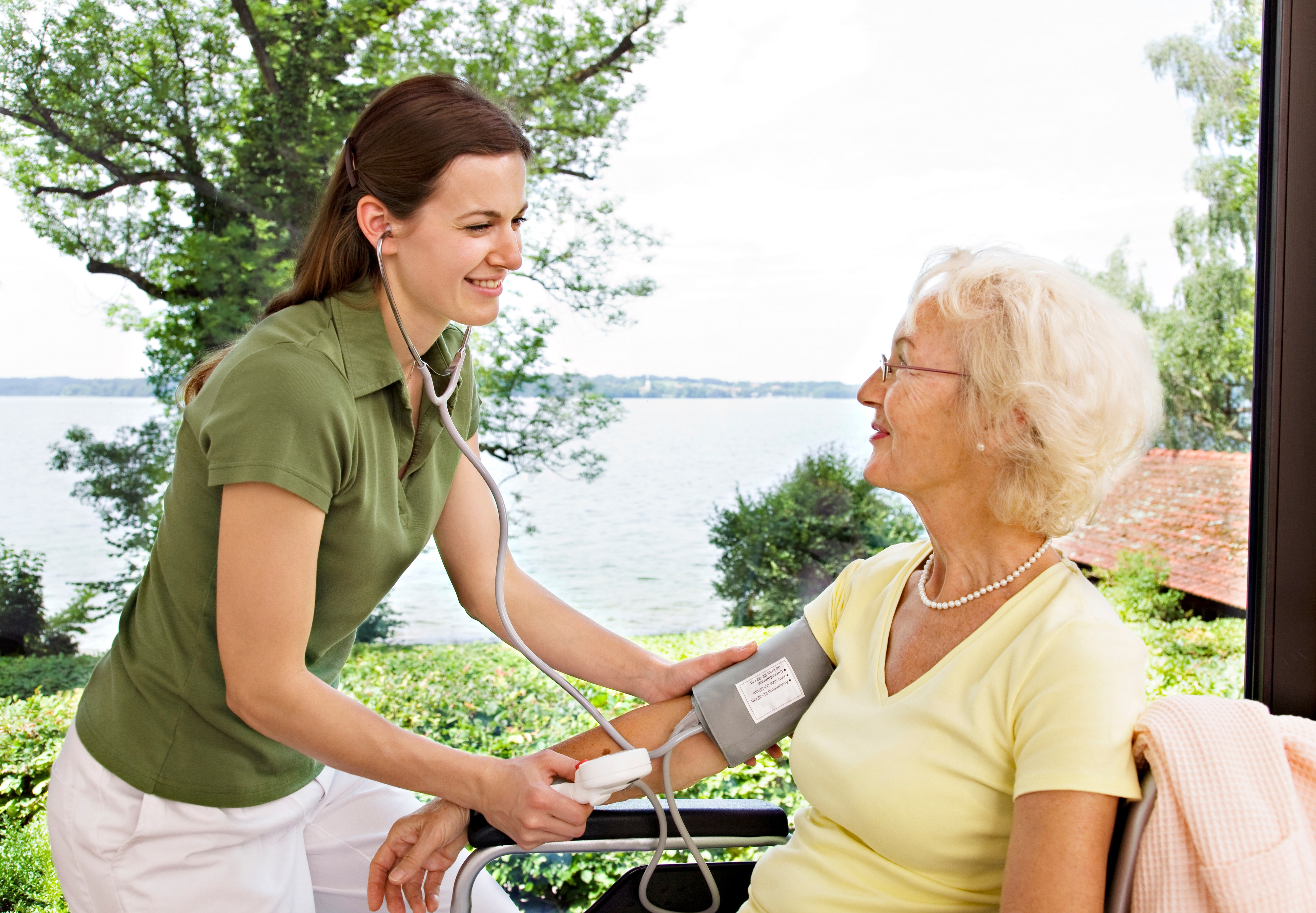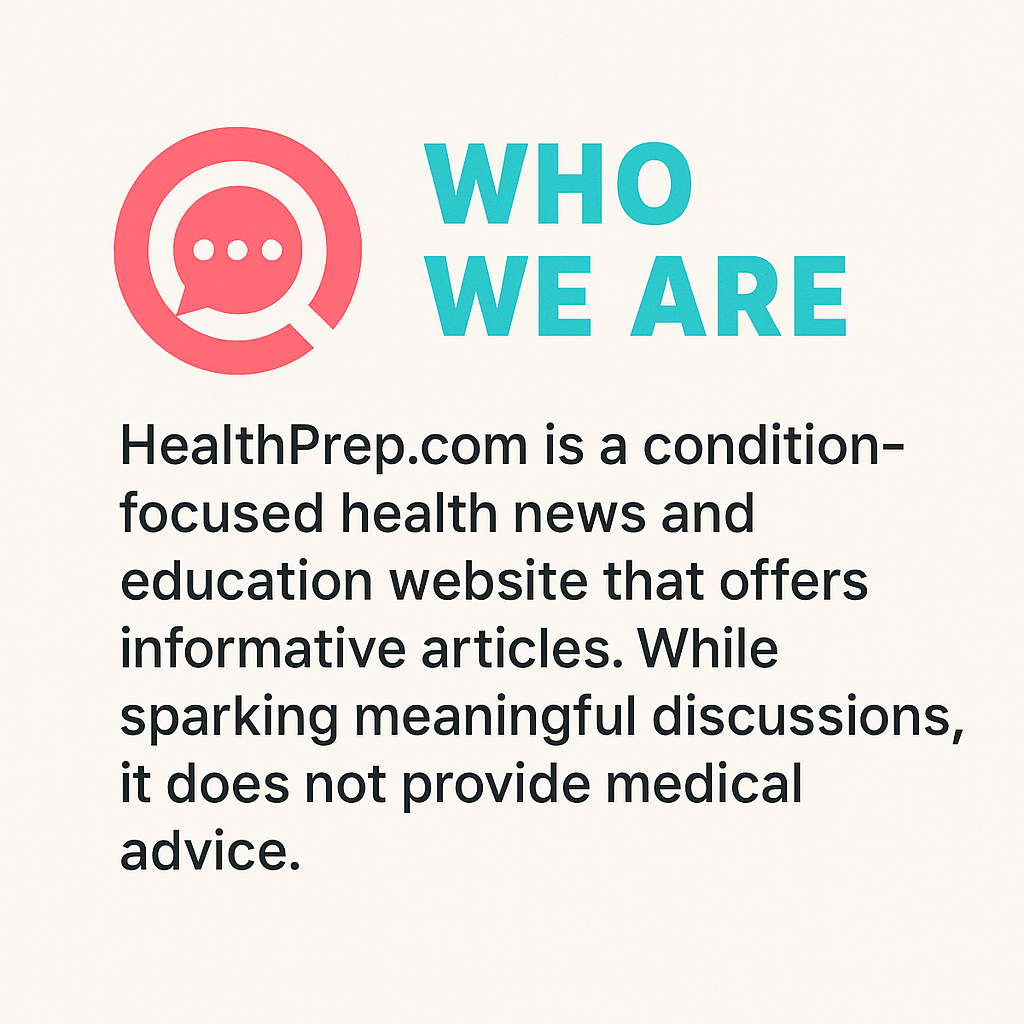Easy Ways to Lower Blood Pressure After 60
The journey to health often takes unexpected turns, especially as we age. One such challenge is the increasing risk of high blood pressure (hypertension), a condition that can significantly impact overall well-being. Left unmanaged, hypertension increases the likelihood of heart disease, stroke, and kidney problems. However, the good news is that simple lifestyle changes can naturally lower blood pressure and promote longevity. Whether you’ve been recently diagnosed with high blood pressure or are looking to prevent it, these 25 easy steps will help you take control of your health, boost circulation, and keep your heart strong well beyond your 60s.
1. Understanding How Aging Affects Blood Pressure

As the body ages, blood vessels lose some of their elasticity, which makes it more difficult for blood to flow efficiently. This natural stiffening of the arteries contributes to an increase in blood pressure. Other age-related changes, such as hormonal fluctuations, reduced kidney function, and a slower metabolism, also play a role in hypertension risk. Because of these physiological changes, blood pressure monitoring becomes even more essential after 60. Learning how blood pressure works and how it changes over time is an important step in managing cardiovascular health. Staying informed, checking blood pressure regularly, and being aware of risk factors such as family history and lifestyle habits can help prevent serious health problems.
2. Schedule Regular Blood Pressure Check-Ups

Regular medical check-ups are a simple but effective way to stay ahead of high blood pressure. Since hypertension often has no noticeable symptoms, it can go undiagnosed for years if routine screenings are skipped. Detecting it early allows for quicker intervention, whether through lifestyle changes or medication. Visiting a doctor at least twice a year for blood pressure readings provides a clear picture of cardiovascular health. A home blood pressure monitor can also be useful for tracking daily fluctuations. If blood pressure readings consistently measure 130/80 mmHg or higher, it is important to consult a healthcare provider to determine the best course of action.
